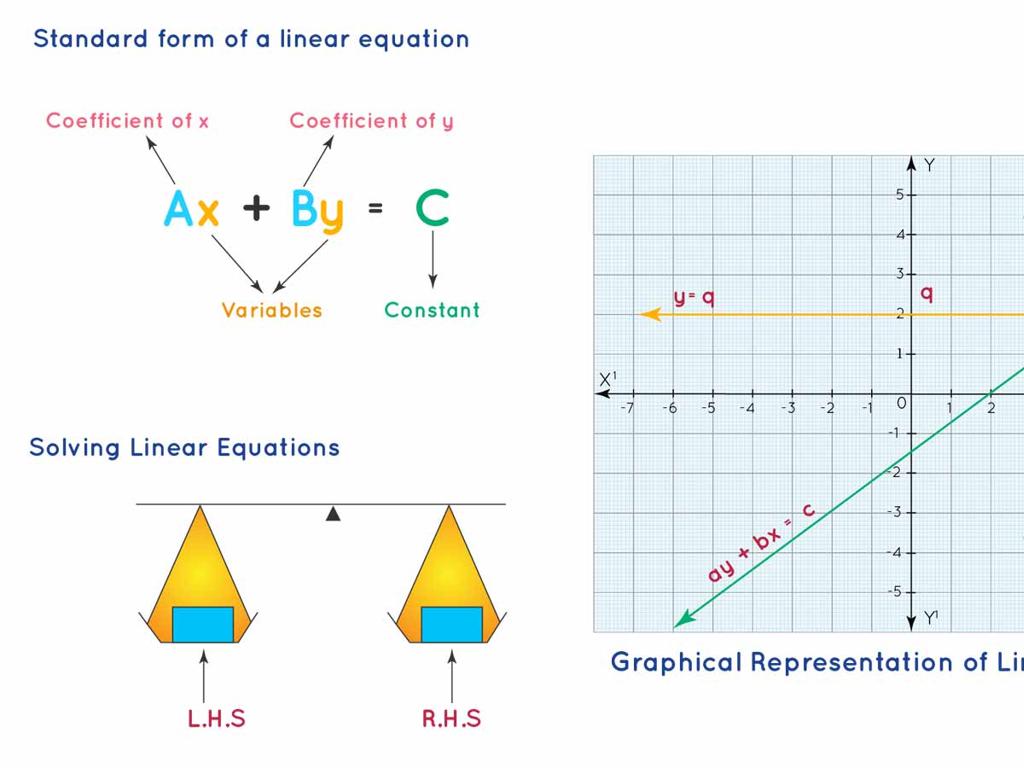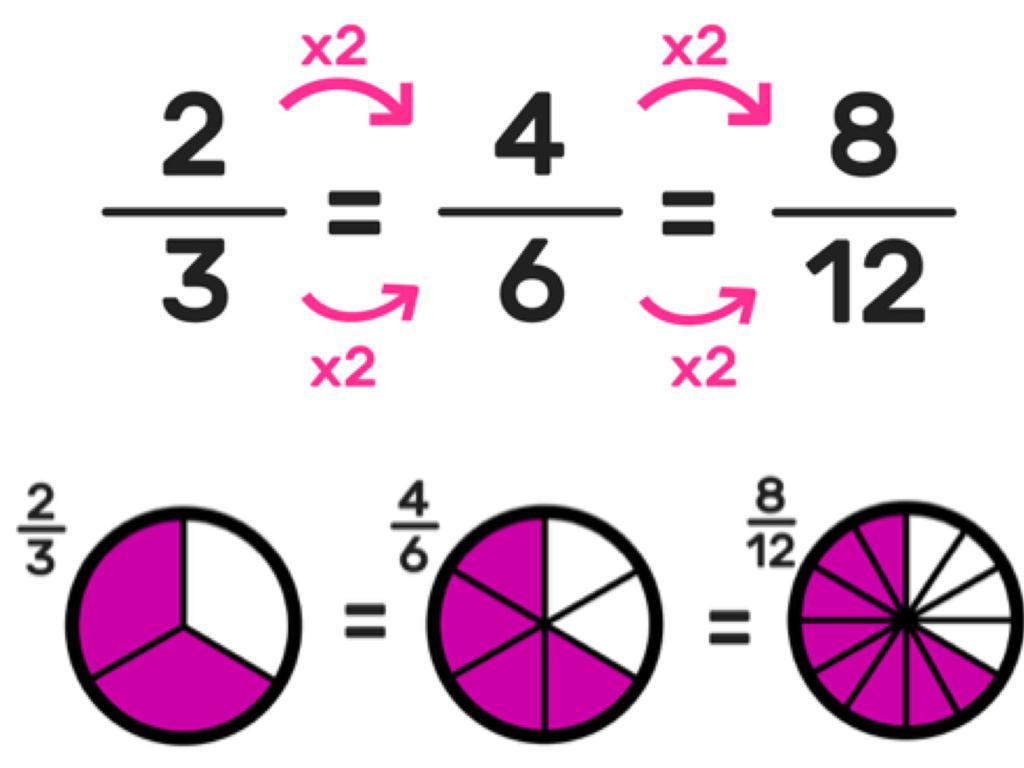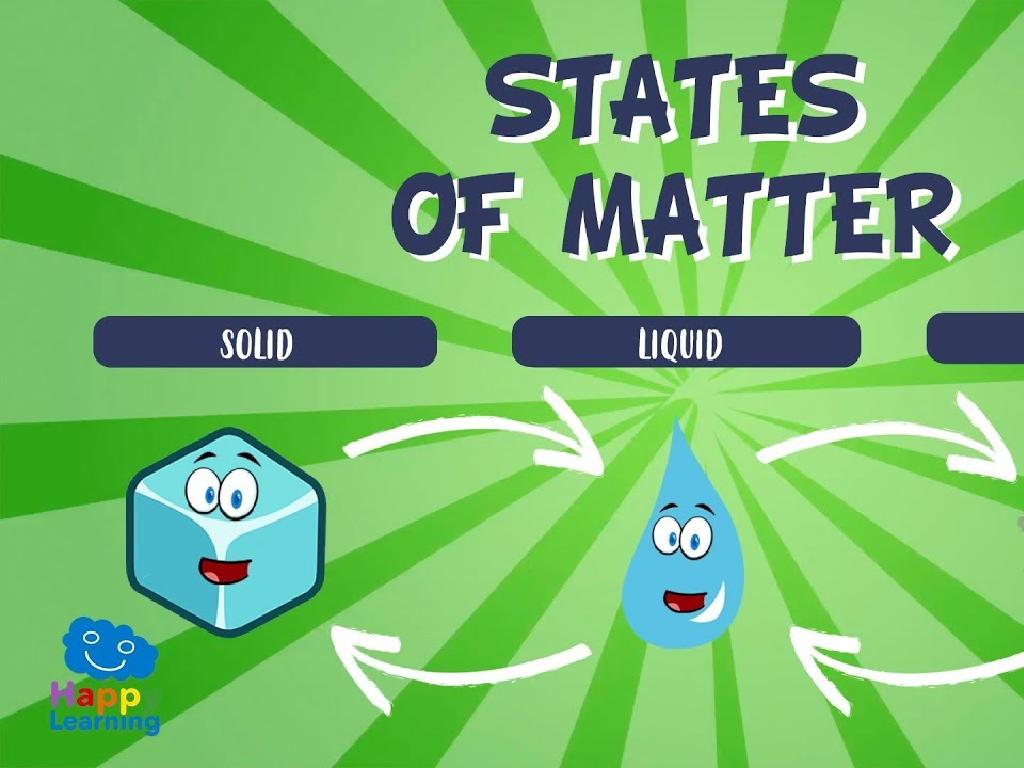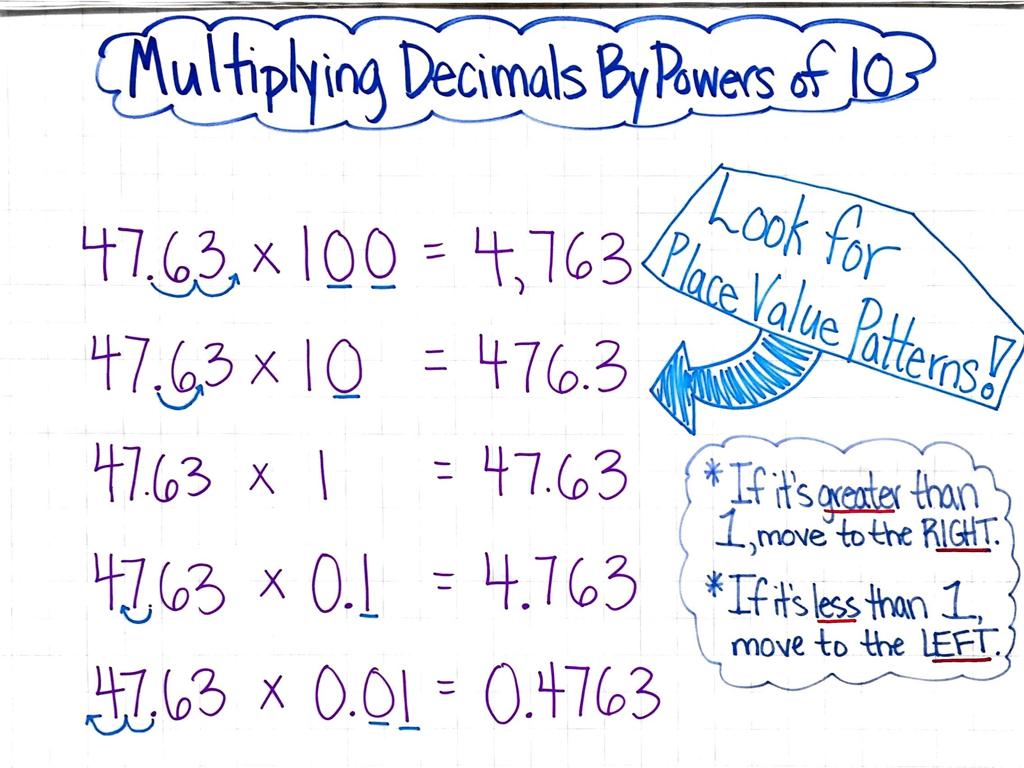Compare Numbers
Subject: Math
Grade: Third grade
Topic: Ordering And Comparing
Please LOG IN to download the presentation. Access is available to registered users only.
View More Content
Welcome to Comparing Numbers!
– Learn to compare numbers
– Greater than, less than, equal to
– Symbols: >, 3 means 5 is greater than 3
– Comparing numbers in daily life
– Use in shopping, cooking, time management
– Practice with fun activities
– We’ll use number lines and real-world examples
|
This slide introduces the concept of comparing numbers, which is a fundamental skill in mathematics and a building block for understanding mathematical order and operations. Start by explaining the symbols for greater than, less than, and equal to, and how they are used to compare two numbers. Emphasize the practical applications of this skill in everyday life, such as determining who has more items in a shopping cart, which recipe requires more of an ingredient, or how to manage time effectively. Engage the students with interactive activities, such as using number lines to visually compare numbers or creating real-world scenarios where they have to apply their knowledge. Encourage participation and ensure that each student understands the concept before moving on to the exercises.
What Does it Mean to Compare Numbers?
– Understanding comparison
– Comparing is finding if one number is larger, smaller, or equal to another.
– Symbols: >, ‘ means greater than, ‘ 3, 5 is greater than 3; 2 < 4, 2 is less than 4.
– Practice comparing with symbols
– Use symbols to compare numbers like 7 and 8, or 9 and 9.
|
This slide introduces the concept of comparison in mathematics to third-grade students. Begin by explaining that comparing is like weighing two things to see which one is heavier. Use the symbols for greater than, less than, and equal to, and ensure students understand what each symbol represents. Show examples on the board, such as 5 > 3 and 2 < 4, and explain why these are true. Then, have students practice by writing their own comparisons using the symbols, ensuring they understand how to use them correctly. Encourage students to explain their reasoning for each comparison to reinforce their understanding.
Comparing Numbers: Greater Than and Less Than
– Understanding ‘>’ means greater than
– If 5 > 3, 5 is bigger than 3
– Understanding ‘<' means less than
– If 2 < 4, 2 is smaller than 4
– Open end points to the bigger number
– The symbol looks like a hungry alligator that wants to eat the bigger number!
– Practice comparing numbers
|
This slide introduces the concept of comparing numbers using the greater than (>) and less than (<) symbols. Explain that these symbols are used to compare two numbers to see which one is bigger or smaller. The open end of the symbol, which can be thought of as a hungry alligator's mouth, always points to the bigger number. Provide examples on the board and have students practice by writing their own comparisons. Encourage them to visualize the open end of the symbol as an alligator that always wants to eat the larger number, which can help them remember how the symbols work.
Understanding the Equal Sign
– Equal sign means ‘the same as’
– Example: 5 = 5
– Shows two numbers are equal, like 5 and 5
– Equal like a balanced scale
– Imagine a scale with equal weights on both sides
– Practice comparing with =
– Find pairs of numbers that are equal
|
This slide introduces the concept of equality using the equal sign. It’s crucial for students to recognize that the equal sign signifies that the values on either side of it are the same. Use the analogy of a balance scale to help them visualize this concept, as it’s something they can easily understand and relate to. Encourage students to think of the equal sign as a symbol of balance. Provide examples and practice exercises where students can apply this knowledge by finding or verifying pairs of numbers that are equal. This foundational understanding will be important for future math concepts involving equations and comparisons.
Let’s Practice Comparing Numbers!
– Understanding >, <, and =
– Example: 7 ___ 9
– Is 7 greater, less, or equal to 9?
– Pair up for practice
– Work with a classmate to compare numbers
– Share your comparisons
– Discuss what symbols you used and why
|
This slide is designed to engage students in the practical application of comparing numbers using greater than, less than, or equal to symbols. Start by explaining what each symbol means. Show the example on the slide and ask the class what symbol they think fits in the blank. Then, have the students pair up and give them a list of number pairs to compare. Encourage them to discuss their reasoning with their partner. After the activity, bring the class together and have some pairs share their comparisons and the symbols they used. This will help reinforce their understanding and give them confidence in using comparison symbols. Prepare a list of number pairs for the activity that includes a variety of comparisons, such as 16 > 9, 4 < 10, and 5 = 5.
Comparing Numbers with Place Value
– Each digit has a place value
– Compare same place values
– Look at the digits from left to right and compare
– Which number is greater: 345 or 378?
– 3 is the same, but 4 is less than 7, so 378 is greater
– Practice with different numbers
– Try comparing 456 and 489
|
This slide introduces the concept of place value in the context of comparing numbers. Students should understand that each digit within a number holds a specific value based on its position. When comparing numbers, they should start from the leftmost digit and compare each corresponding place value. For example, when comparing 345 to 378, both numbers have ‘3’ in the hundreds place, but ‘4’ is less than ‘7’ in the tens place, making 378 the greater number. Encourage students to practice with additional numbers to solidify their understanding. Provide several examples and use manipulatives if possible to visually represent the place values.
Comparing Numbers with Number Lines
– Number lines as a comparison tool
– Rightward numbers are greater
– The more to the right, the bigger the number. For example, 8 is to the right of 5, so 8 is greater.
– Placing numbers on a line
– We’ll put numbers like 3, 4, 7 on a line and see which is largest.
– Practice comparing numbers
|
This slide introduces the concept of using number lines to compare numbers, which is a visual and effective method for third graders. Emphasize that on a number line, numbers increase in value as they move to the right. This concept is fundamental and will help students understand greater than, less than, and equal to. During the class activity, guide students to place numbers on a number line and observe their positions relative to each other to determine which are larger or smaller. Encourage students to practice with different sets of numbers to gain confidence in comparing them.
Class Activity: Number Comparing Game
– Draw cards with numbers
– Use comparison signs
– Decide if a number is greater, less, or equal using >, <, or =
– Aim for correct comparisons
– Ready to play and win!
|
This interactive game is designed to help students understand and practice comparing numbers. Prepare a deck of cards with different numbers for the students to draw. They will use the greater than (>), less than (<), or equal to (=) signs to compare the numbers on their cards. The goal is to have the most correct comparisons by the end of the game. For the teacher: Consider having different levels of difficulty with the numbers for varied skill levels within the class. You can also pair students to encourage collaboration. Possible variations of the game could include using number lines, comparing in groups, or introducing a timer for added challenge.
Conclusion: Mastering Number Comparison
– Congratulations on learning comparison!
– Recall comparison symbols: , =
– Less than, greater than, equals to
– Practice is key to mastery
– Compare numbers with friends and family
– Continue comparing at home!
|
Well done to all the students for learning how to compare numbers using the symbols for less than, greater than, and equal to. It’s important to remember what each symbol represents and to use them correctly when comparing numbers. Consistent practice is crucial for mastering this skill, so encourage students to continue practicing at home, perhaps by comparing numbers during shopping or when looking at scores in games. This will help solidify their understanding and make them more confident in using comparison symbols in different scenarios.





